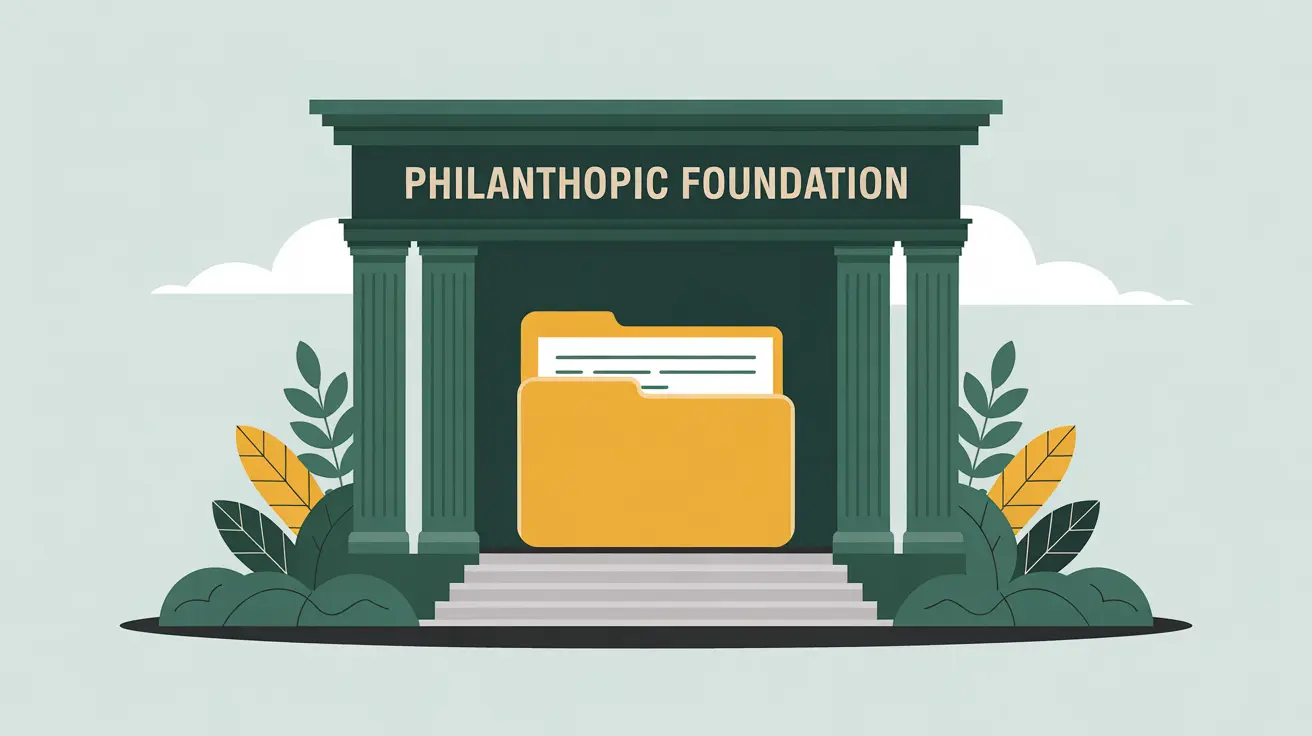Importance of Foundation Grants
Foundation grants are one of the most common and significant funding streams for nonprofits, particularly those working in social innovation and international development. These grants provide resources to test new ideas, scale proven solutions, and strengthen organizational capacity. They are important because foundations often fund areas that governments and bilateral donors may overlook, such as innovation pilots, advocacy, or community-led initiatives. At the same time, they can be highly competitive and come with reporting requirements that require strong accountability. Boards and donors view foundation funding as a signal of credibility and alignment with broader philanthropic priorities.
Definition and Features
Foundation grants are defined as financial awards from private, family, or corporate foundations to support nonprofit missions. They may be:
- Restricted: tied to a specific program, project, or outcome.
- Unrestricted: available for general operating support.
- Capacity-building: focused on strengthening organizational systems, leadership, or infrastructure.
Foundation grants differ from government grants in that they often provide more flexible structures and are guided by a foundation’s philanthropic priorities rather than statutory obligations. These funds are recorded as contributions in the Statement of Activities, with restrictions noted where applicable.
How This Works in Practice
In practice, nonprofits pursue foundation grants through formal applications, proposals, and cultivation of relationships with program officers. For example, a foundation may award a $500,000 grant over three years to expand a social enterprise model or fund advocacy for climate resilience. Disbursements may come as lump sums or installments, often tied to progress reports. Finance teams must track restricted foundation funds carefully to ensure compliance with donor intent, while program teams must align activities with agreed deliverables. Foundations may also require evaluations or external audits to assess impact. Successful stewardship of foundation grants often leads to renewals or multi-year commitments.
Implications for Social Innovation
For nonprofits in social innovation and international development, foundation grants play a catalytic role. They allow organizations to experiment, take risks, and pursue innovative approaches that might not fit the rigid frameworks of government or multilateral funding. Transparent reporting of foundation grants reduces information asymmetry by showing stakeholders how philanthropic capital supports mission impact alongside other funding sources. These grants also carry reputational weight, as foundation support often signals validation of an organization’s approach. By managing foundation grants responsibly and demonstrating impact clearly, nonprofits strengthen their credibility, attract additional funding, and accelerate systemic change in the communities they serve.







